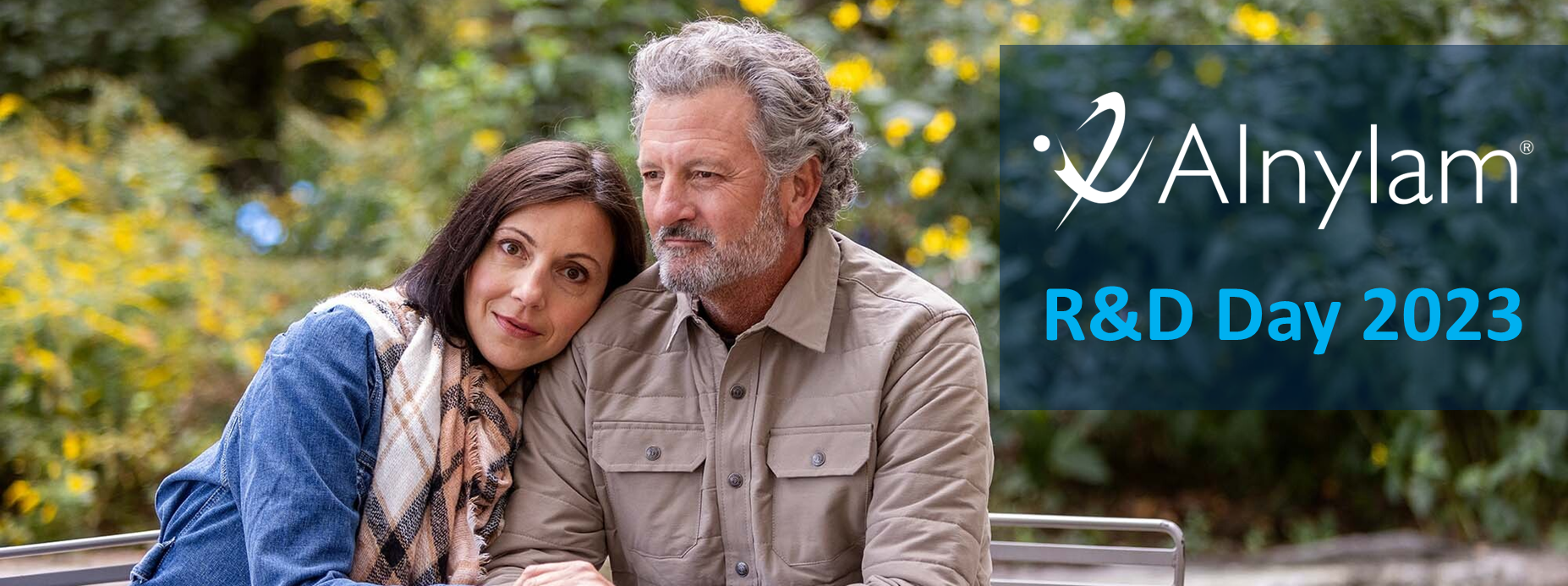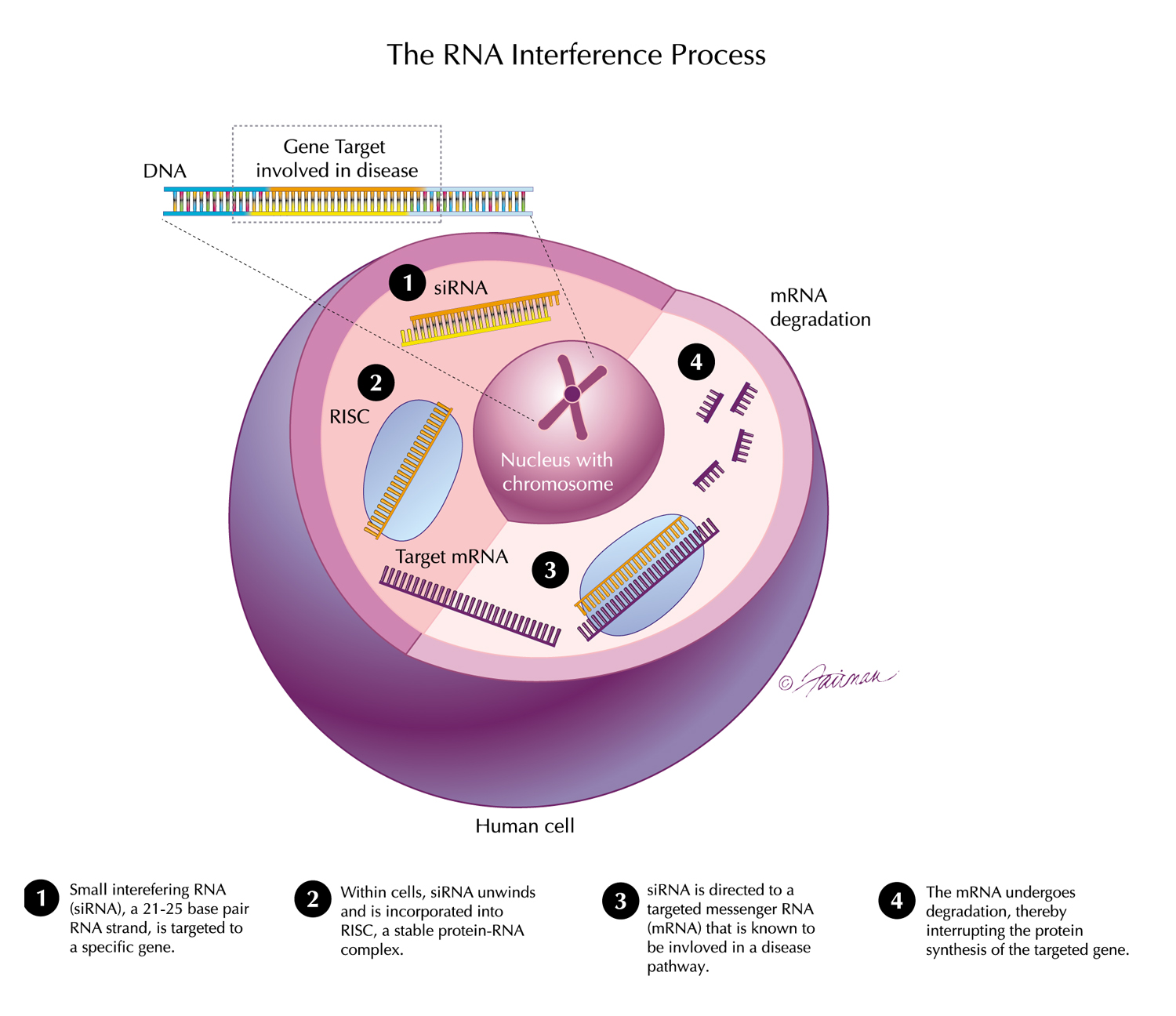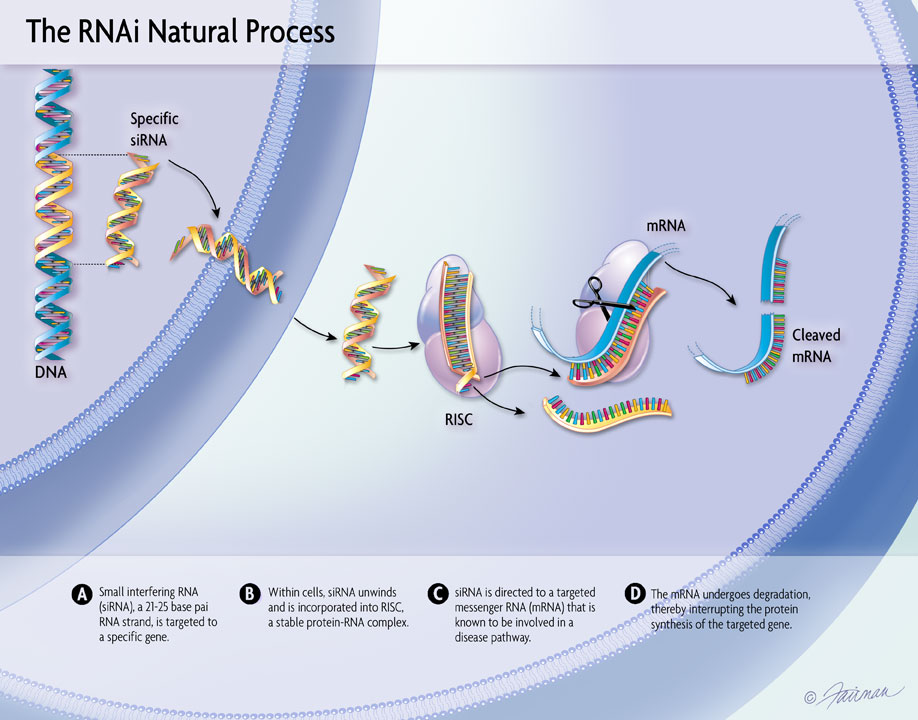07 Apr, 2024 New Analysis From KARDIA-1 Phase 2 Study Presented at the 2024 American College of Cardiology Annual Scientific Session
A new subgroup analysis from the KARDIA-1 Phase 2 study of zilebesiran, an investigational RNAi therapeutic in development for the treatment of hypertension, was presented at the 2024 American College of Cardiology (ACC) Annual Scientific Session.





